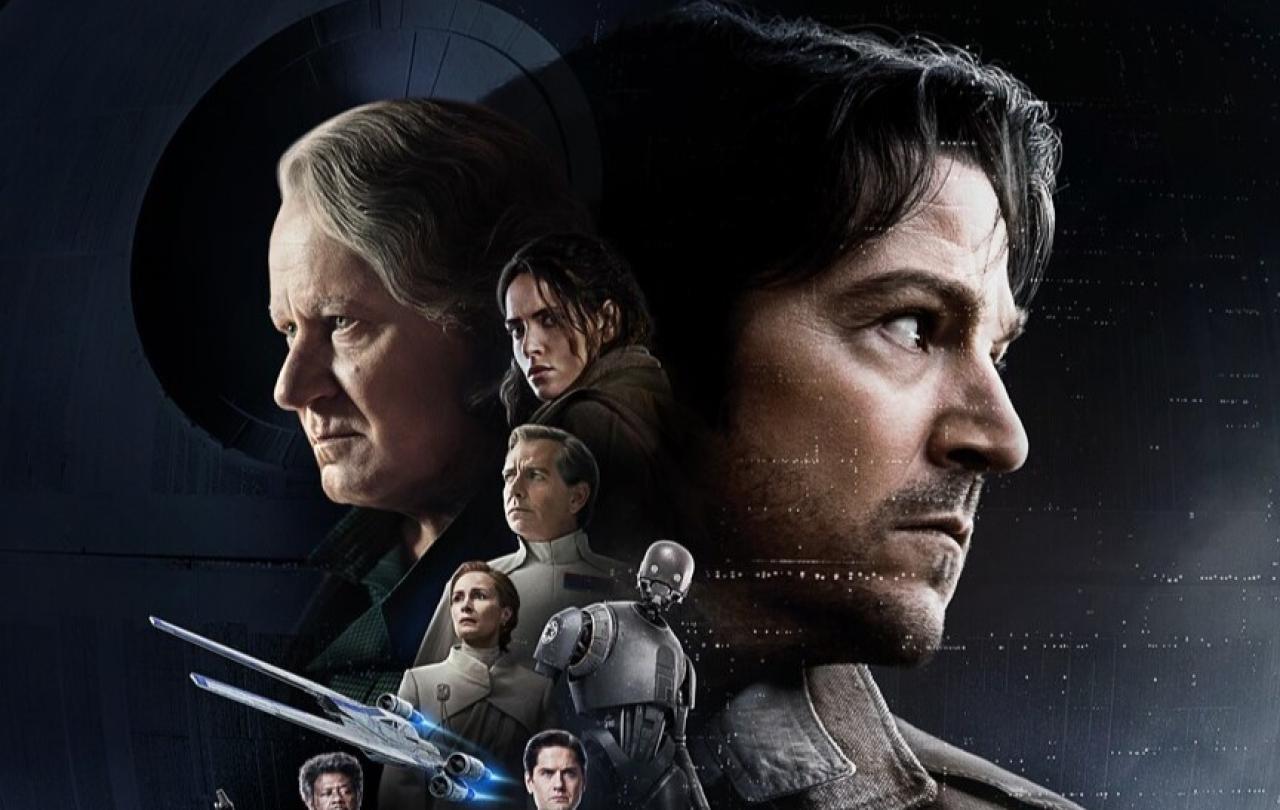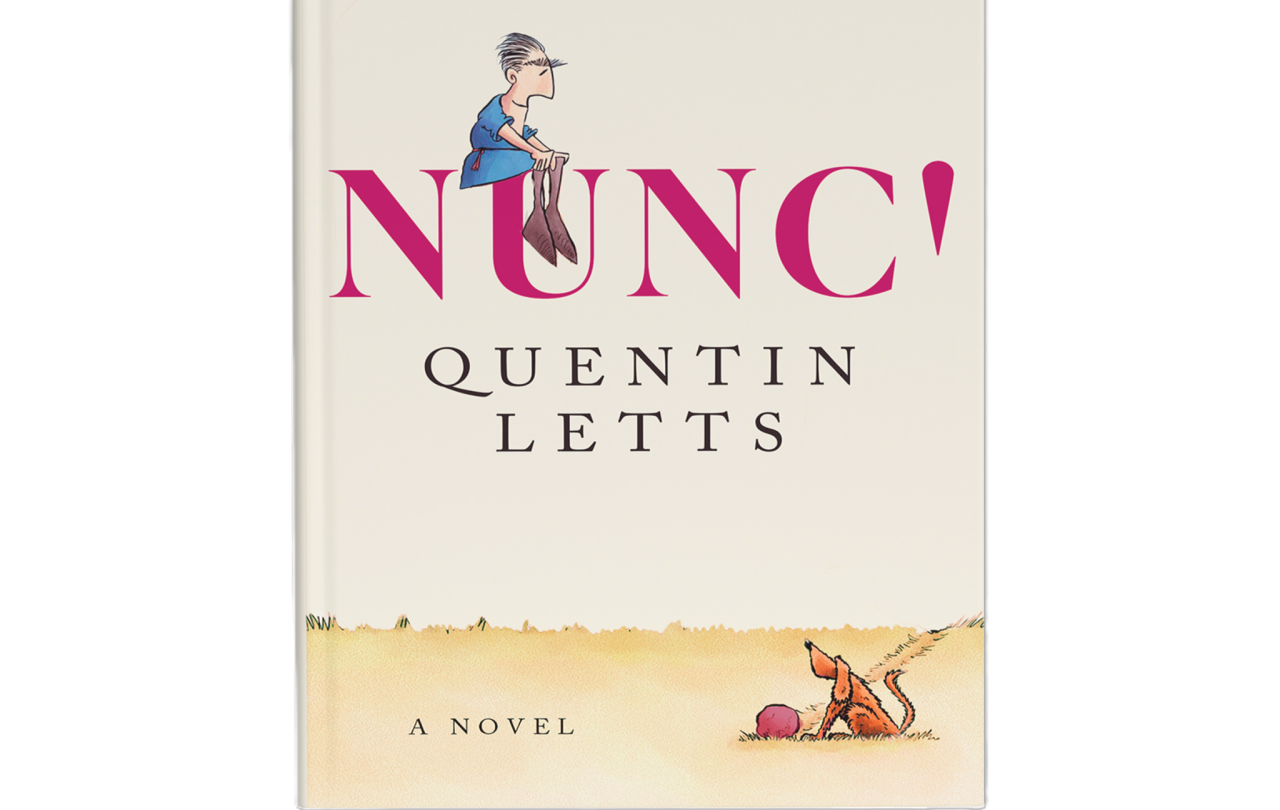
It’s an unlikely setup for success: a series set in a forgotten corner of the galaxy, a prequel to a prequel, telling the backstory behind Rogue One - the fourth highest-grossing Star Wars film. It’s a show with none of the original characters—no Darth Vader, no Luke Skywalker, no Obi-Wan. And yet, Andor has garnered widespread critical acclaim and fan appreciation. This Disney+ series has become the first true Star Wars content for grown-ups.
Disney invested heavily in acquiring the rights to both the Marvel and Star Wars franchises, paying $4 billion for each. The returns have been massive—an estimated $13 billion from the Marvel Cinematic Universe and $11 billion from Star Wars. Yet, despite the financial success, something has been lost along the way: mediocre storylines, convoluted time-travel plots, and repetitive tropes have dulled the creative edge.
But Andor stands apart. It offers something different—a grounded, character-driven narrative with rich, resonant themes that speak directly to today’s audience.
Tyranny needs resisting at all levels
Andor follows a number of intersecting character arcs. Although the series is named after Cassian Andor (played by Diego Luna), a disillusioned smuggler turned Rebel Alliance operative, the story is much larger than a single man.
As the Empire tightens its grip—both openly through military might and brutality, and in the shadows with a vast array of spies, surveillance, and an ever-expanding intelligence network—the need for resistance at every level becomes urgent. Those with a voice need to speak up while there is still a semblance of democracy and freedom of speech. Money is required to fund an insurgency and foot soldiers from all walks of life need to be found and prepared to rise and challenge the systemic injustice and rising imperial oppression.
Enter Cassian Andor, orphaned at age six and adopted by Maarva and Clem Andor. His early experiences with poverty and oppression awaken something within him—something that solidifies when Clem is executed by stormtroopers. At the other end of the spectrum is Mon Mothma, born into privilege and political influence. Her arc centres on a moral crossroads: whether she will risk her status, her wealth, and her safety to support the resistance from within the halls of power.
The relevance of Andor's message couldn’t be timelier. In an era marked by rising authoritarianism, disinformation, and increasing political polarization, the show insists that tyranny must be resisted at every level. It reminds us that democratic institutions are fragile, and silence in the face of injustice enables oppression to grow unchecked. Whether it’s fighting against despotic leadership, the erosion of freedom of speech, or systemic inequality, Andor suggests that the burden of resistance cannot simply fall solely on the heroic few. It requires people at every level of society to act with courage, integrity, and purpose before it’s too late.
Truth matters
One important storyline in Andor is how the Empire constructs a moral justification for its actions through state-controlled, propagandist media. Good people can be manipulated, and truth can be twisted. In real time, we witness spin doctors denying or reframing the brutality unfolding around them—even as the Empire violently crushes a peaceful protest in Gorman.
Showrunner Tony Gilroy uses every world-building tool at his disposal to draw parallels with both historical and contemporary injustices. For instance, the costuming of the Empire’s senior leadership and Imperial Security Bureau agents evokes eerie similarities to Gestapo uniforms. In contrast, the Gorman resistance fighters appear as if they’ve stepped off the set of Les Misérables, echoing the June Rebellion of 1832. They even speak in a French-accented galactic dialect, reinforcing the connection.
It's difficult not to read this as a critique of how modern news outlets reframe and re-narrate global conflicts—such as the war in Israel and Gaza—to suit and shape their audiences. This agenda-driven reporting distorts facts and desensitizes viewers, often at the expense of those suffering on the ground. The complicity of the press in disinformation and facilitating or justifying atrocities, is contributing even today to ongoing humanitarian crises in places like Sudan and Gaza.
In a supposedly post-truth era, Andor reminds us that truth still matters. The series holds up a mirror to our media-saturated world, revealing how outrage is manufactured, narratives are controlled, and reality is often mediated through selective storytelling. It challenges us to reflect on the reliability of the news we consume—and on our own role in questioning or accepting the stories we're told.
Which side are you on?
One of the most compelling aspects of Andor is its portrayal of parallel lives on both sides of the conflict. While much of the action follows Cassian’s transformation from smuggler to reluctant operative to key rebel leader, we also witness the rise of Dedra Meero—a driven, ambitious surveillance officer within the ISB, the Empire’s intelligence arm.
Dedra begins as an underdog fighting workplace sexism in a male-dominated bureaucracy. But as her career advances, so does her capacity for cruelty. She becomes one of the Empire’s most ruthless enforcers, willing to sacrifice anything and anyone in her relentless pursuit of Rebel operatives. Her story is a chilling reminder of how authoritarian systems reward efficiency and zeal, no matter the moral cost. Ironically, her single-mindedness may end up helping the rebellion—her recklessness potentially exposes secrets about the Death Star.
Throughout the series, we see similar tactics employed on both sides—surveillance, betrayal, sacrifice. The only difference is the larger narrative arc that ultimately vindicates the Rebellion’s cause. But in building complex, believable antagonists like Dedra, Andor shows us the banality of evil—how ordinary people, convinced they are doing the right thing, can become instruments of oppression.
The question the series leaves us with is chillingly simple: in a world sliding toward growing injustice, which side are you on?
Celebrate our 2nd birthday!
Since Spring 2023, our readers have enjoyed over 1,000 articles. All for free.
This is made possible through the generosity of our amazing community of supporters.
If you enjoy Seen & Unseen, would you consider making a gift towards our work?
Do so by joining Behind The Seen. Alongside other benefits, you’ll receive an extra fortnightly email from me sharing my reading and reflections on the ideas that are shaping our times.
Graham Tomlin
Editor-in-Chief





